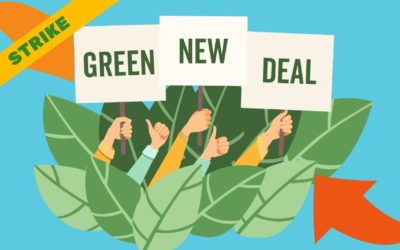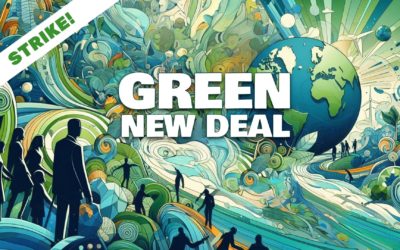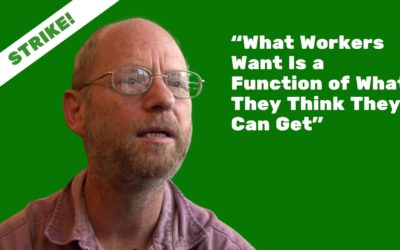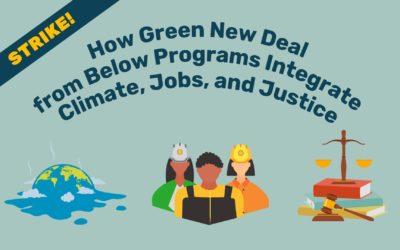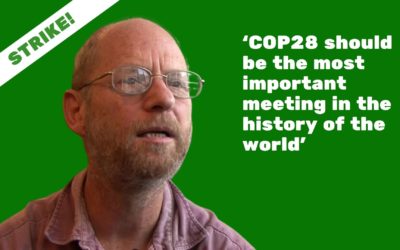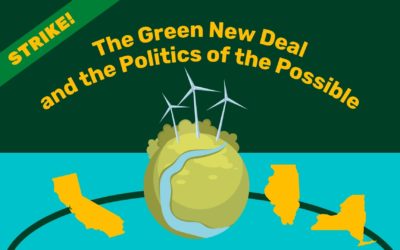
The Green New Deal: From Below or from Above?
While the original Green New Deal congressional resolution primarily envisioned a program at the federal level, activists and governments in local, state, regional, and civil society arenas have gone ahead and implemented many of its programs. Federal and sub-federal actions can be synergistic, but they both require planning, resource mobilization, and the avoidance of false solutions.
How Social Movements Escape Silos
Social movements often find themselves locked into isolated silos, divided by internecine conflict, or even brutalizing each other in “circular firing squads.” This Commentary provides historical examples of how such self-destructive patterns can be overcome. An earlier version was written as a contribution to the Great Transition Initiative Forum What’s Next for the Global Movement? The series addressed the question “What’s Next for Movement Unity?”
Popular Enforcement of International Law from Vietnam to Gaza
The International Court of Justice has found that Israel’s actions in Gaza may constitute genocide in violation of international law. A US District Court has endorsed that finding and added, “It is every individual’s obligation to confront the current siege in Gaza.” What can we learn from history about the responsibility of individuals to confront war crimes and how it may be possible to do so.
How the Green New Deal from Below Integrates Diverse Constituencies
Green New Deal initiatives at local, state, regional, and civil society levels around the country have drawn together diverse, sometimes isolated, or even conflicted constituencies around common programs for climate, jobs, and justice. How have they done so?
What Workers Want Is a Function of What They Think They Can Get
The rise of industrial unionism in the 1930s shows that workers can join together across divisions of race, gender, ethnicity, occupation, and industry — and reveals the power they can acquire when they do. It also reveals the long history of some of the problems that have plagued the American labor movement down to the present day. This interview with Benjamin Fong at the Center for Work and Democracy at Arizona State University appeared in Jacobin and was originally conducted for the podcast.
How Green New Deal from Below Programs Integrate Climate, Jobs, and Justice
The appeal of the Green New Deal lies in its drawing together the varied needs of diverse constituencies into a common program that realizes them all. Here’s how that works at the sub-national level.
‘COP28 should be the most important meeting in the history of the world’
British journalist DAVID HILL interviewed Jeremy Brecher in the lead-up to COP28 about why international climate negotiations fail and how a “global nonviolent constitutional insurgency” could be a climate game-changer.
The Green New Deal and the Politics of the Possible
The previous Commentaries in this series have examined many aspects of the Green New Deal that is emerging from below. This Commentary tells how the Green New Deal at the local state, and regional levels is transforming the limits of what people believe to be possible. The next several Commentaries will provide an overview of the programs, organizations, and politics that have made this transformation possible.
Green New Deal Justice—from Below
Almost by definition Green New Deal projects simultaneously address climate protection, worker empowerment, and justice. This Commentary will look at Green New Deal projects and networks that emerged from discriminated-against communities and put issues of justice front and center.
